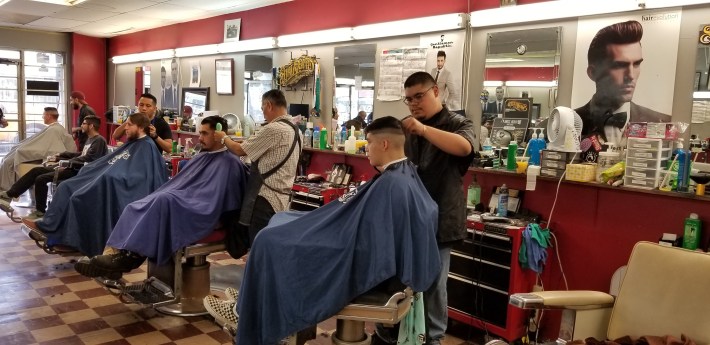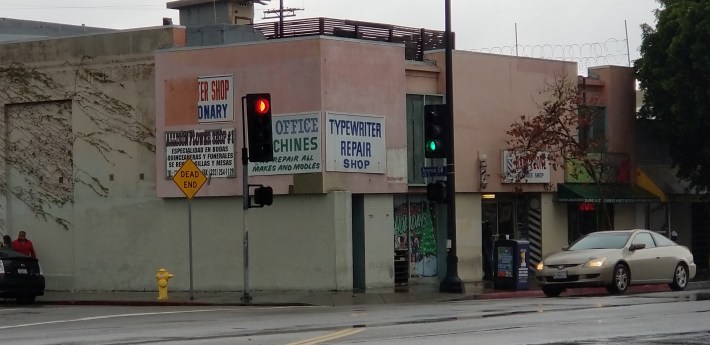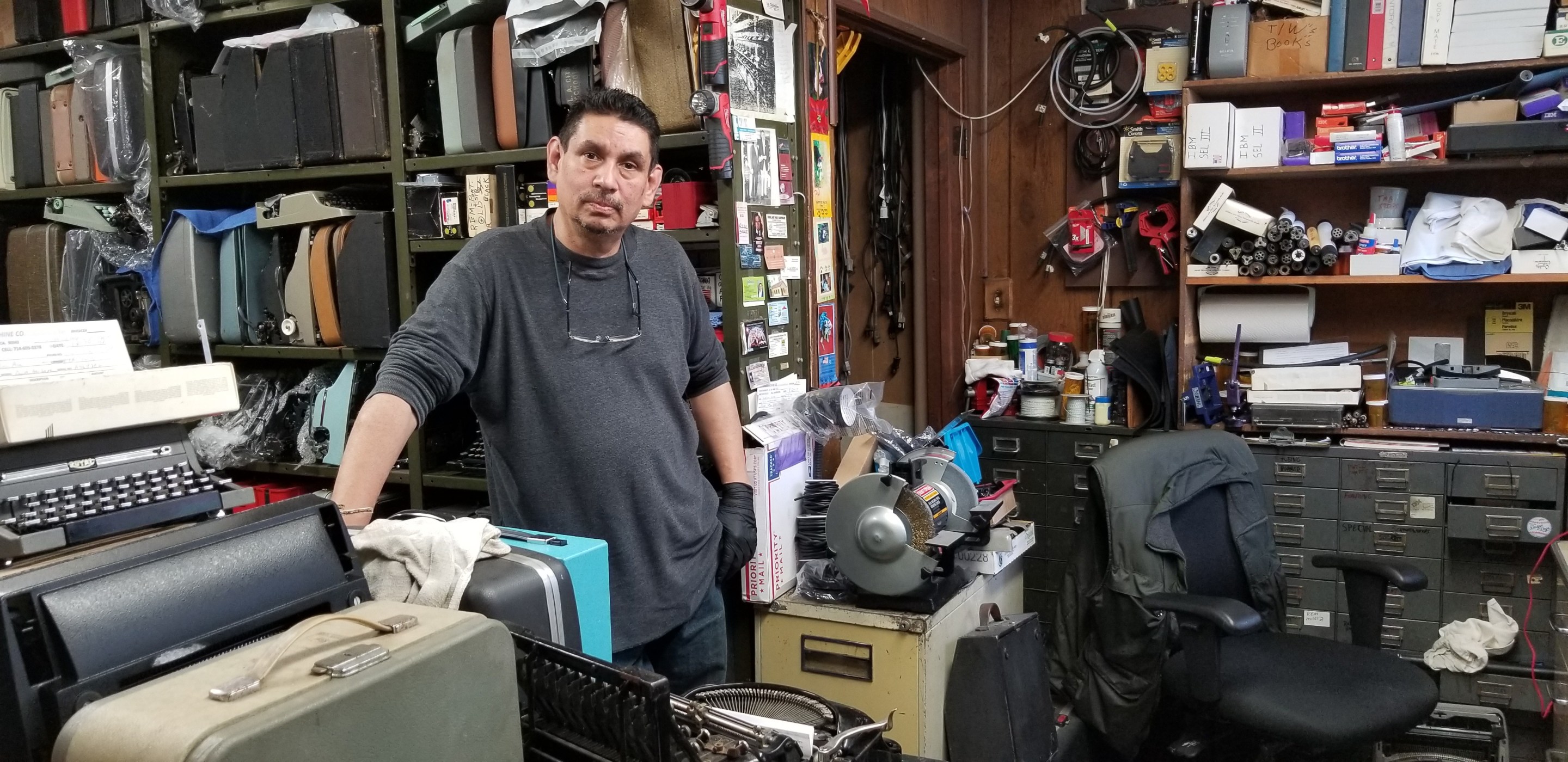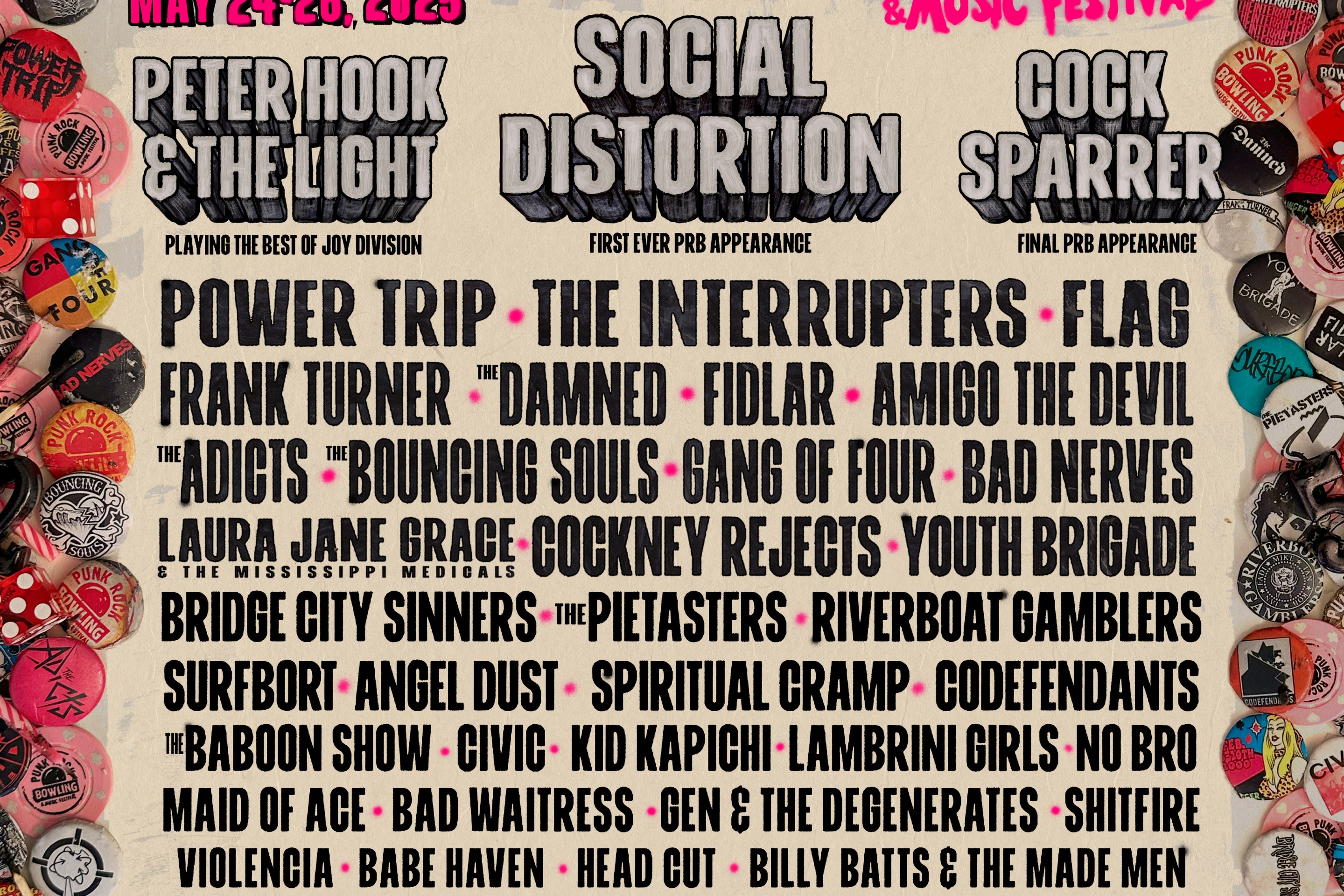[dropcap size=big]R[/dropcap]uben Flores’s antique typewriter repair shop has been a fixture of the urban landscape in Highland Park for decades. So he naturally felt like he was going into shock when he was confronted with the prospect of losing his place of business.
His landlord came into Flores's shop one early morning in March to report that he will raise his rent by more than 250 percent.
Precipitous jumps in rent are nothing new to long-time shopkeepers in Highland Park. They’ve been feeling the pinch for years, as landlords decide to raise rents to current market value in one of the “hottest” neighborhoods in L.A.
The decision by landlord Michael Saghi came out of the blue, according to Flores. He walked into his small shop packed to the rafters with antique typewriters in varied states of neglect to deliver the news that rent goes up to about $5,300 from its current $1,600 — an increase of $3,700 all at once.
For Flores, who has been doing business at 5722 North Figueroa Street since 1983, that rent increase might mean an end to nearly four decades of business. The 55-year old says he'd be forced to leave his 1,200 square-foot retail space.
Saghi delivered the similar bad news to three other business owners: Sunbeam Vintage, a vintage furniture outlet, a florist, and a barber shop. The small area has become a critical mass of newer boutiques, cafes and record stores, a telltale sign of looming gentrification. Saghi declined to respond to repeated phone calls over the two weeks in preparing this report, including voice messages.

[dropcap size=big]G[/dropcap]ustavo Hernandez, the 51-year old owner of Hair Zone next door to the typewriter shop, says he went into a panic when Saghi told him of the rent increase. He runs the hair and styling place with his brother Jesus. They have been operating the shop at the corner of Figueroa and Avenue 58 since 2002. Hernandez and his family moved to Highland Park in 1973.
Gustavo says he doesn’t know whether he can keep his business going now. “It is not that easy to close shop and re-start somewhere else, not now, not at my age,” he says.
“We will try to make it work for a couple of months at least, because it is not only about me. We have many barbers here. So, we are not talking about just one job, but seven or eight jobs in one shot.”
Hernandez says that if he and his brother move out, they will try to stay in the area, but even that will be hard, because rent has skyrocketed throughout the neighborhood.
RELATED: This Old School Panaderia in Highland Park Is Making L.A.'s First Vegan Pan Dulce
Ebee Martinez, owner of Sunbeam Vintage, says she has until June, when her rent on her sprawling furniture outlet is slated to jump some 300 percent. She isn’t sure how her business will manage, adding they will try to make it work as long as they can.
These four shops operate at the north end of a four block strip of North Figueroa, a cavalcade of transformation traveling southbound on Figueroa and it shows no signs of derailing. Across the street from Flores’s typewriter repair shop, the building where Frank’s Camera Shop operated since the 1970s was sold to developers in 2015. In 2016, Marmion Royal Apartment tenants lost a crucial court battle against eviction by developers seeking to renovate the places they called home for decades.
Nowadays, you can hear long-time locals in the neighborhood recall tales of real estate agents “retenant”-ing local, mostly Latino-owned businesses, as if the tales were war stories. Retenanting is the practice of finding retail buildings where tenants pay low rents, getting the landlords to boot out those tenants, and then finding new ones who will pay much higher rates for the same spaces.

“What is happening in Highland Park is happening in many areas of Los Angeles,” says Occidental College Professor Peter Dreier, who chairs the university’s department of urban and environmental policy.
“The reason rents are going up for small businesses is because wealthier people are moving into these neighborhoods, and they can afford to buy more expensive things, which changes the kind of retail businesses that can operate there. The gentrifying neighborhoods are bringing in more affluent people who can afford to spend more money on things. This makes raising rents on commercial businesses possible.”
There does not appear to be much standing in the way of this trend. “It requires grassroots organizing. It takes political leadership, but there is just the beginning of this type of organizing in Highland Park,” as there is Boyle Heights, for example, Dreier adds.
The four Latino entrepreneurs at the corner of Fig and Avenue 58 don’t have the time to wait for an anti-gentrification movement to emerge in their neighborhood.
Hernandez says that he and his brother Jesus will try to shoulder the higher rent in a bid to keep their place. For his part, Flores won’t pay $5,000 a month to stay in his space. Instead, he says, he’s looking into hauling a trailer onto the yard of his house where he grew up in Highland Park.
He says his antique typewriter repair business will continue, even from home.
RELATED: Snapchat Is Pulling Out of Venice, and Gentrification Activists Are Overjoyed





